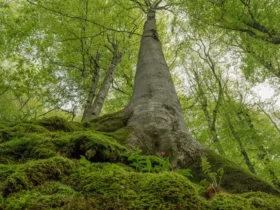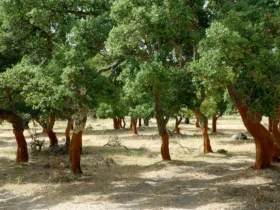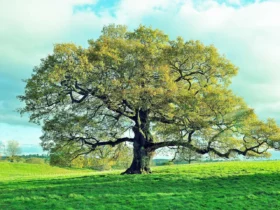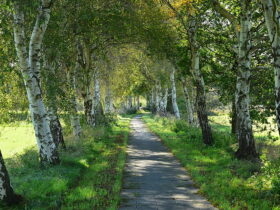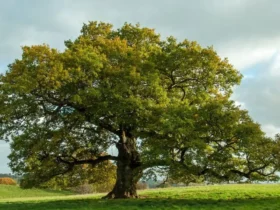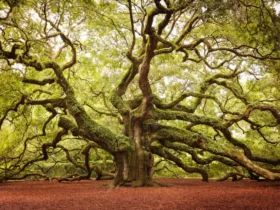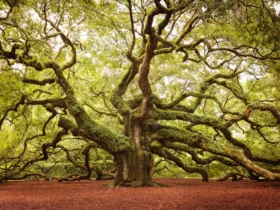What famous trees are there in Poland? Let’s explore nine well-known tree species in the Kingdom of Poland in the following article!
The Kingdom of Poland has diverse ecological environments, from ancient primeval forests to vast mountains and lakes. As a result, native trees in Poland are also rich and diverse. Let’s discover the top nine famous tree species known by many people in Poland in the following article!
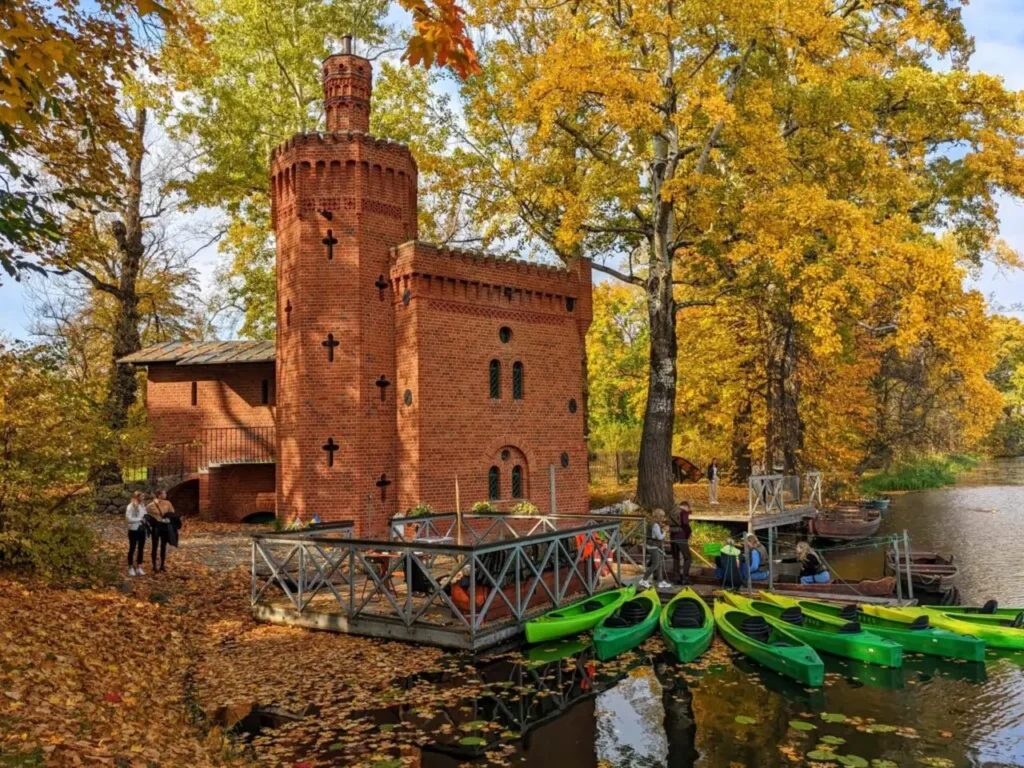
1. Polish Fir Tree
The Polish Fir Tree is a native plant species of Poland and was first discovered in the Chelmowa mountain range. It is a subspecies of the European Silver Fir. A mature fir tree can reach a maximum height of up to 30 meters, and they can live for hundreds of years.
Young fir trees usually have a conical shape, but as they grow into adulthood, they spread out and form impressive canopies. The bark of the Polish Fir Tree is eye-catching with its reddish-brown color and deep cracks running along the trunk.
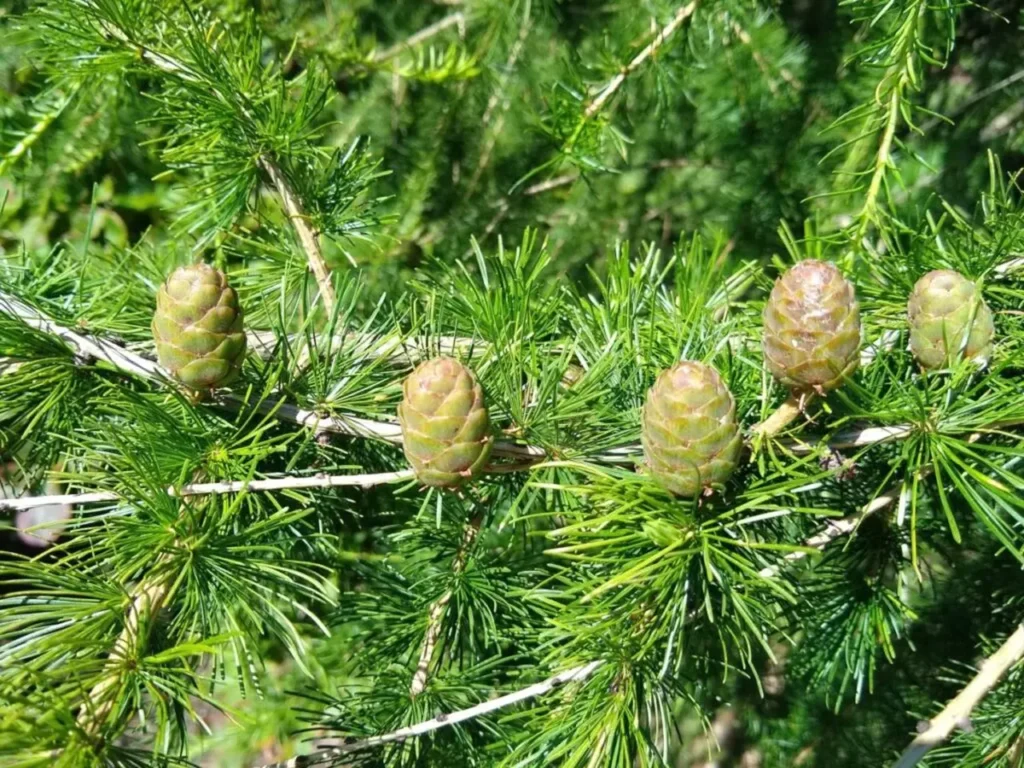
The Polish Fir Tree is a deciduous plant, and its leaf shedding season typically starts in early winter just before the leaves regrow in spring. The fruits and leaves of the fir tree are favorite food sources for squirrels, siskins, and tortrix moths.
The Polish Fir Tree is currently at risk of extinction. In the Kingdom of Poland, several nature reserves have been established and are actively working to protect this rare and economically valuable fir species.
2. Oak Tree
The Oak Tree originally hails from Europe and is one of the common tree species found in the vast forests of Poland. Among them, the Białowieża Forest in this kingdom is the most prominent, with numerous old and ancient oak trees that are hundreds of years old. This forest borders the country of Belarus and is part of a large, ancient primeval forest that has been reorganized in Poland.
Mature oak trees in this area can reach an average height of 20 to 40 meters, with large and magnificent canopies on sturdy branches. Oak wood holds significant economic value, and the people of Poland often use oak timber to construct their most formidable warships.
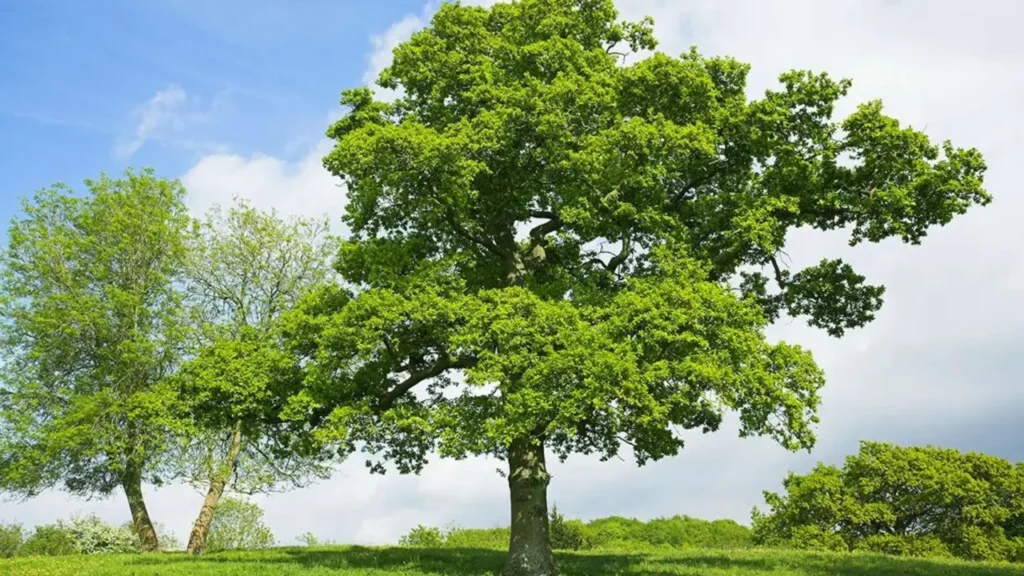
It is a deciduous plant. In its natural habitat, the leaves, trunk, and acorns of this tree are favored food sources for various animals, including squirrels, wild boars, and certain bird species.
In Poland, the oldest oak tree, named Bazynski, is 716 years old and is recognized as a national monument. This ancient oak tree stands at a height of 21 meters, with a canopy width of 21.5 meters and a trunk circumference of about 15 meters. The hollow trunk of this oak tree can accommodate up to 11 people inside.
3. Taxus Baccata
This tree is also a common tree species native to Europe, and some ancient yew trees in Poland can be found in the Swietokrzyska Forest, which is part of the kingdom. These trees have been around for hundreds of years, with an average trunk circumference of about five meters. They have a medium height ranging from 10 to 20 meters, and their bark is cracked and rough. Taxus Baccata has flat, dark green leaves that often spiral along the thin trunk.
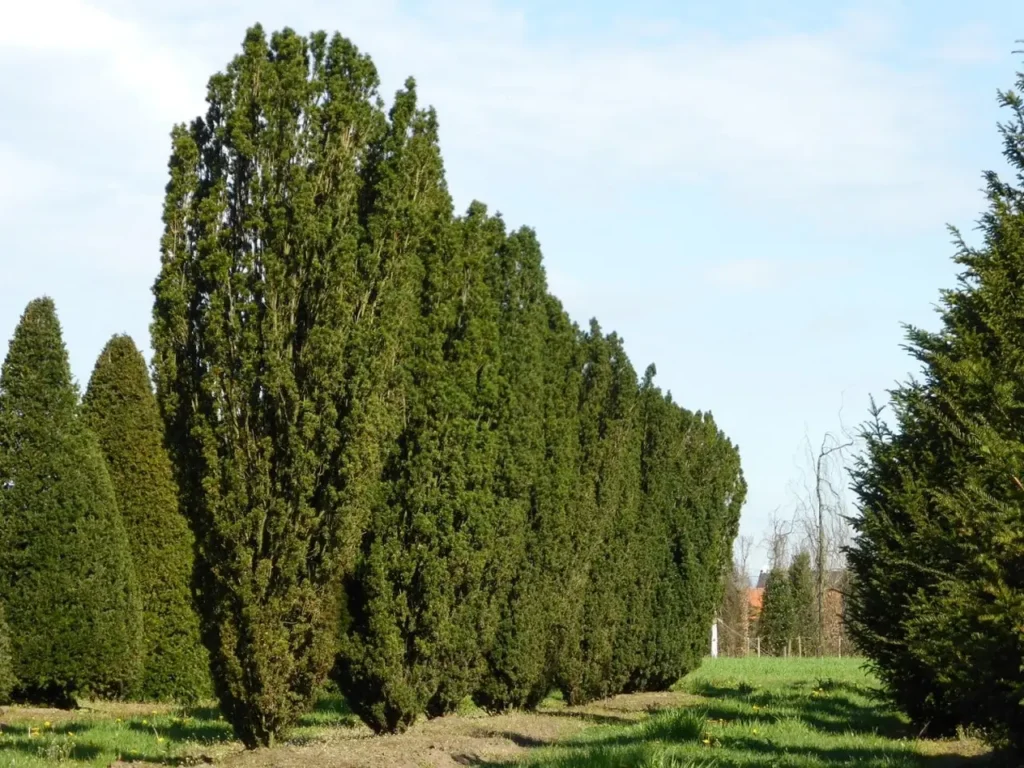
However, these are only relatively young trees compared to the oldest tree in Poland, which is estimated to be 1,300 years old. You can find it in Henryków Lubański in the Lower Silesian Voivodeship of the kingdom.
Taxus Baccata belongs to the Taxaceae family. This evergreen species is widespread from England to Northwestern Africa and southeastern Asia. These trees are commonly planted in cemeteries throughout Europe, although most parts of the tree are toxic and can be fatal if ingested.
4. Alnus glutinosa Tree
The Alnus glutinosa tree is commonly found in wet areas, marshes, or along riverbanks in Poland. Botanists have noted that water makes the wood of this tree become harder.
Mature Alnus glutinosa trees can reach heights of up to 28 meters. Its water-loving trunk is dark brown and cracked. Moss and lichen are attracted to the moist bark of Alnus glutinosa.
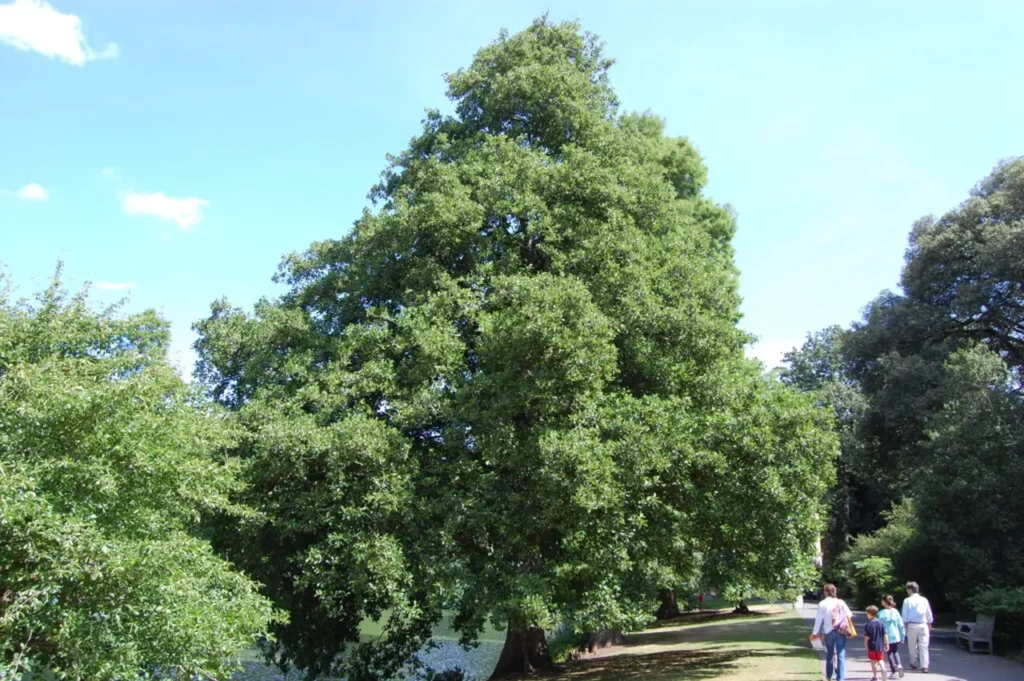
Alnus glutinosa is an essential tree species that thrives near water sources. Its roots help stabilize riverbanks and prevent soil erosion. This tree species can also grow in drier conditions on the edges of forests in Poland, as it utilizes the bacterium Frankia alni to fix nitrogen and improve the surrounding soil.
5. Linden
Linden is originated in Poland and various large regions of Europe. This tree species typically thrives and grows in dense, mature forests and can tolerate shaded environments.
Linden belongs to the deciduous plant group and is a member of the Malvaceae family. Its distribution range is extensive, and it can be found in most European countries. Mature linden can reach an average height of 20 to 30 meters, with a trunk diameter ranging from 0.8 to 1 meter.
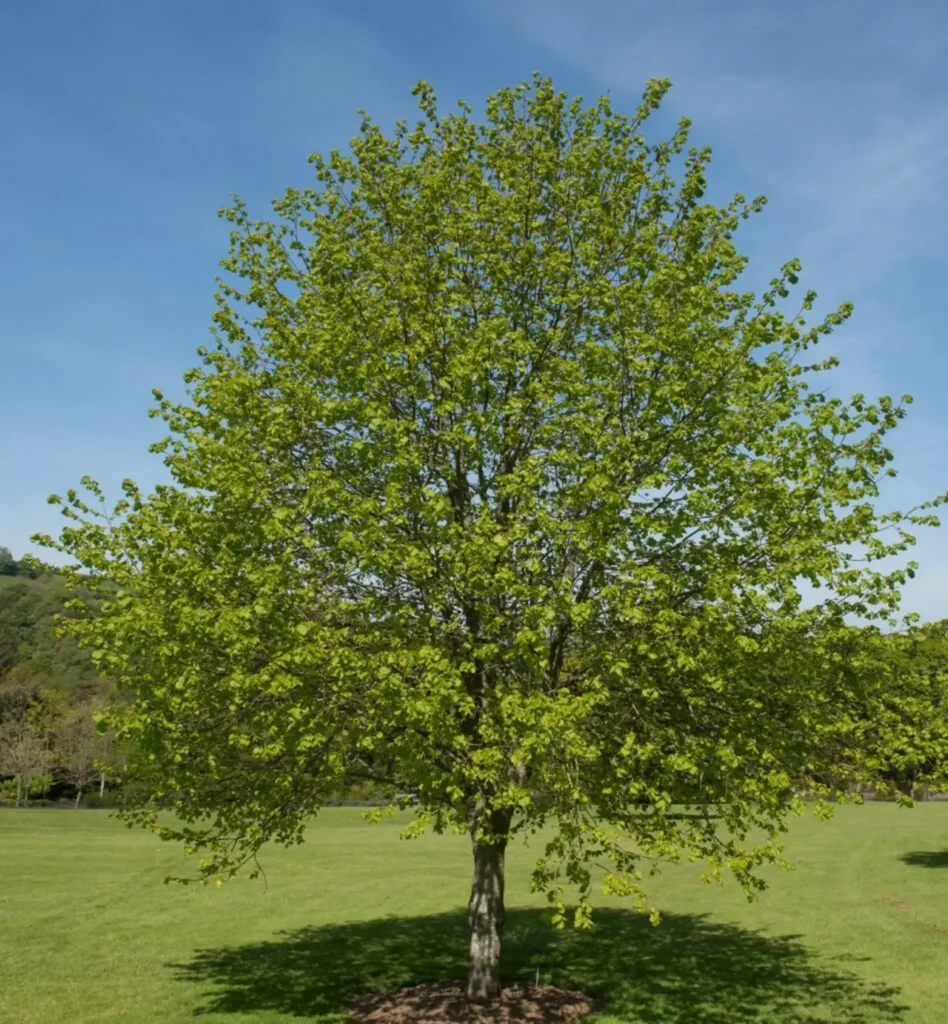
Their leaves are typically heart-shaped, visually appealing with their yellow-green color and pointed tips. The flowers of the linden are fragrant and bloom in spring, serving as a favorite food source for honeybees.
During autumn, their leaves fall and are carried away by the wind, leaving behind large winged seeds on the bare branches. Eventually, these linden seeds will be dispersed far and wide by the wind. The young leaves are favored by roaming herbivores such as cattle and deer.
6. Dwarf Birch
The dwarf birch is a tree species belonging to the Betulaceae family. This tree prefers a cool climate and is mainly found in the Arctic region and temperate zones with cool climates in Central and Northern Europe, including Poland.
True to its name, the dwarf birch is a short tree that typically grows in shrub-like clusters, reaching a height of only about one meter. The bark of the tree is usually copper-colored and smooth, while the small, round leaves have serrated edges. The dwarf birch thrives in acidic and moist soil conditions but has good drainage. It does not tolerate shade well and prefers to grow in areas with ample sunlight, often found in the cool mountainous regions of Poland.
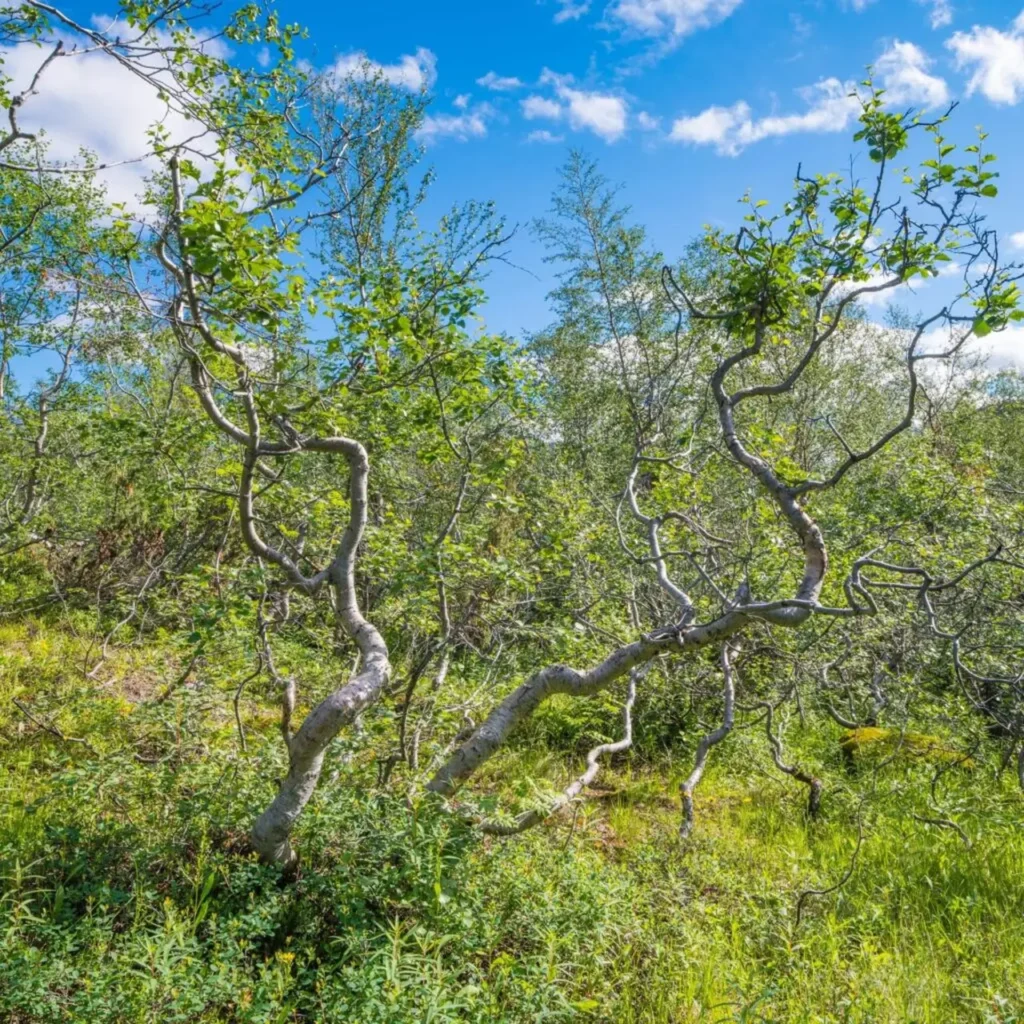
7. Pinus Cembra
Pinus cembra, also known as Arolla pine or Swiss pine, is a species of white pine that is native to the Alps and Carpathian Mountains. In the Kingdom of Poland, Pinus cembra can be found in the Tatra Mountains. It typically grows at elevations ranging from 1,200 to 2,300 meters. The needle-like leaves of Pinus cembra grow in clusters. The cones of this tree are small, brown, and slow-growing.
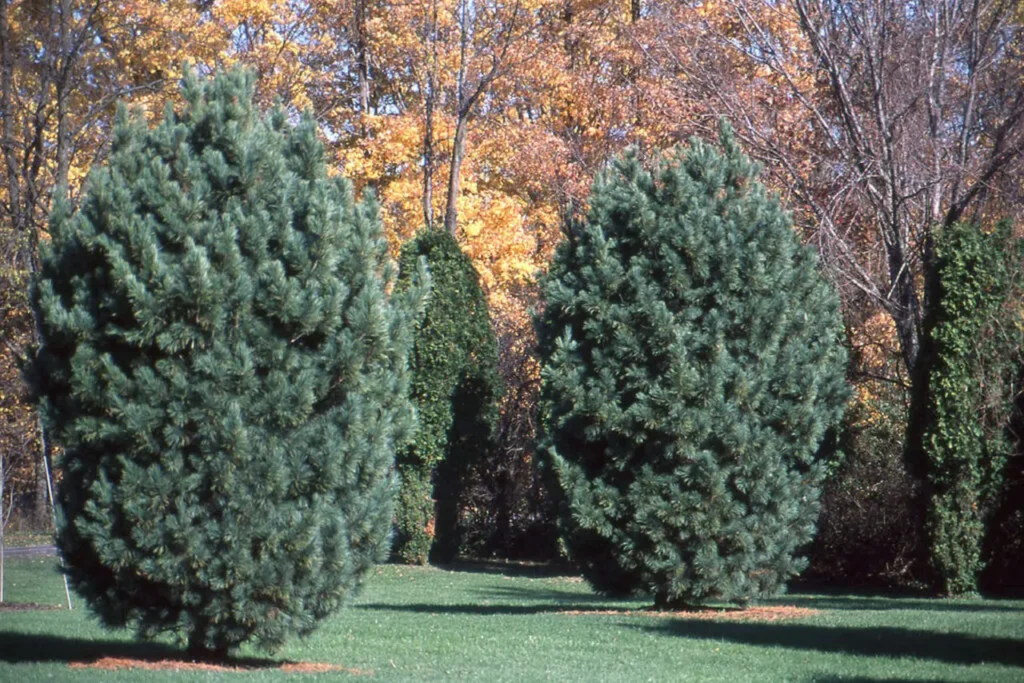
Pinus cembra is able to survive and thrive in harsh weather conditions, with temperatures as low as -50 degrees Celsius, and it can withstand winds on mountain slopes. The roots of this tree are sturdy enough to help minimize the risk of avalanches in its habitat.
8. Carpathian Birch
The Carpathian birch tree originates from the Pyrenees and Carpathian mountain ranges in Northern Europe. This species has long, slender brown trunks. A mature Carpathian birch tree can reach an average height of 10 to 20 meters, and its canopy is usually narrow, about half the height of the tree. The bark is typically white, loosely attached to the trunk, and easily peels off.
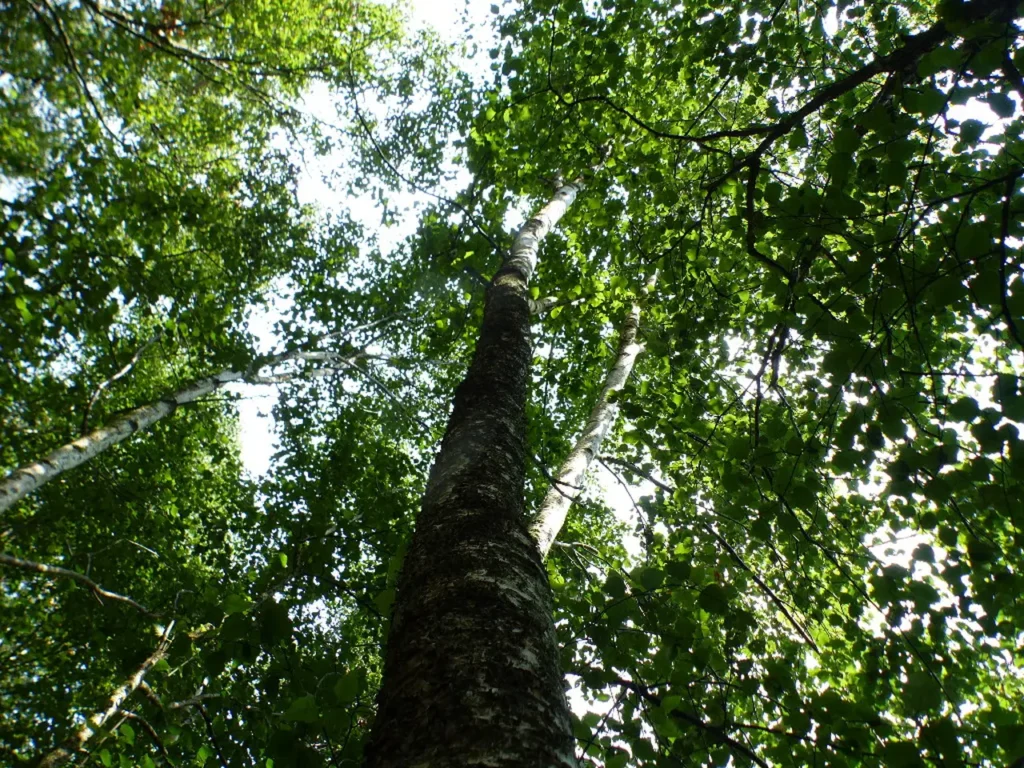
Carpathian birch trees are commonly found in the cold climate regions of Poland and the Carpathian Mountains. They prefer to grow in moist soil while maintaining good drainage. Carpathian birch trees bloom in spring, producing delicate and pure yellow-green flowers.
9. Lapland willow
Lapland willow, is a shrub native to Northern Europe. This species is commonly found in mountainous regions of Poland and Siberia. They can be easily found on mountain slopes and rocky cliffs in these countries.
Lapland willow is a short woody plant that grows in a bush-like form with many branches. The average height of a mature plant is about 1.5 meters. This species thrives at elevations ranging from 200 to 900 meters above sea level. The leaves of the willow herb are lanceolate in shape and have hairs on the underside.
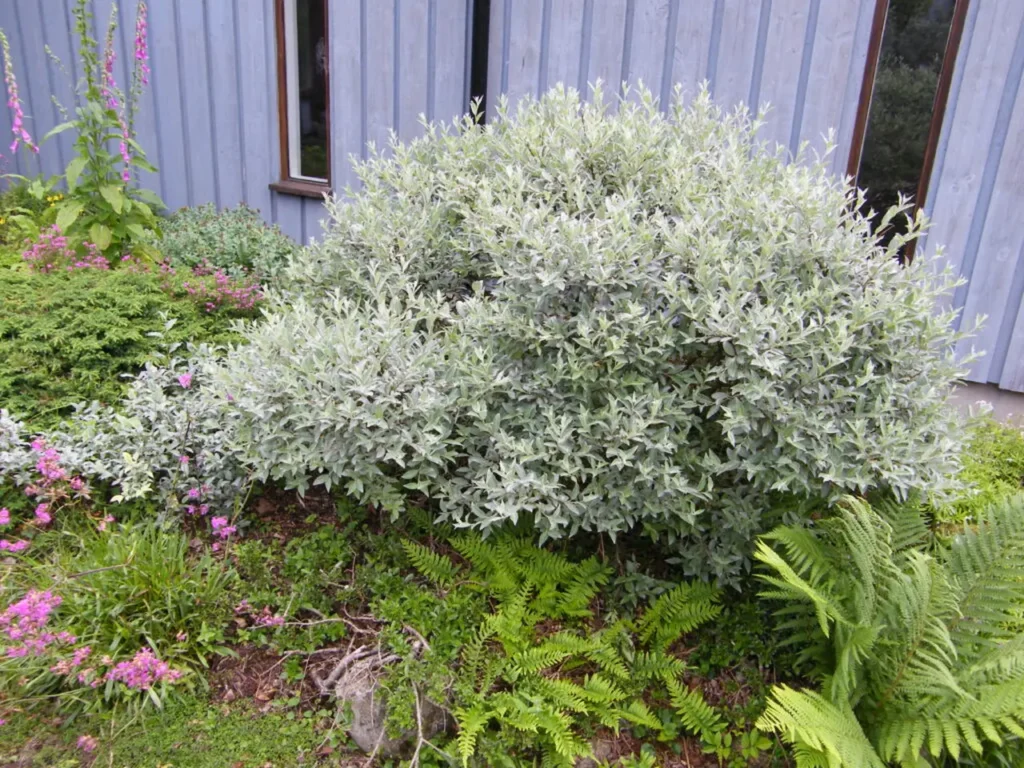
In summary, this article has provided information about nine famous tree species that thrive in Poland. We hope this information has been useful to you. Please visit our website for more fascinating discoveries about the world of plants!
